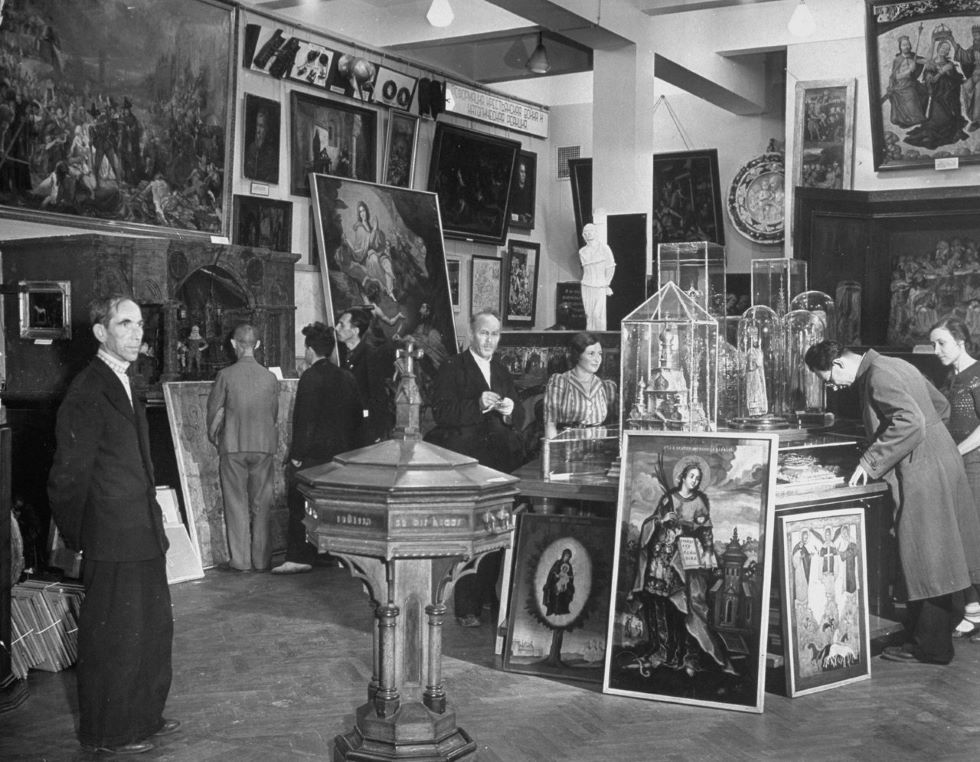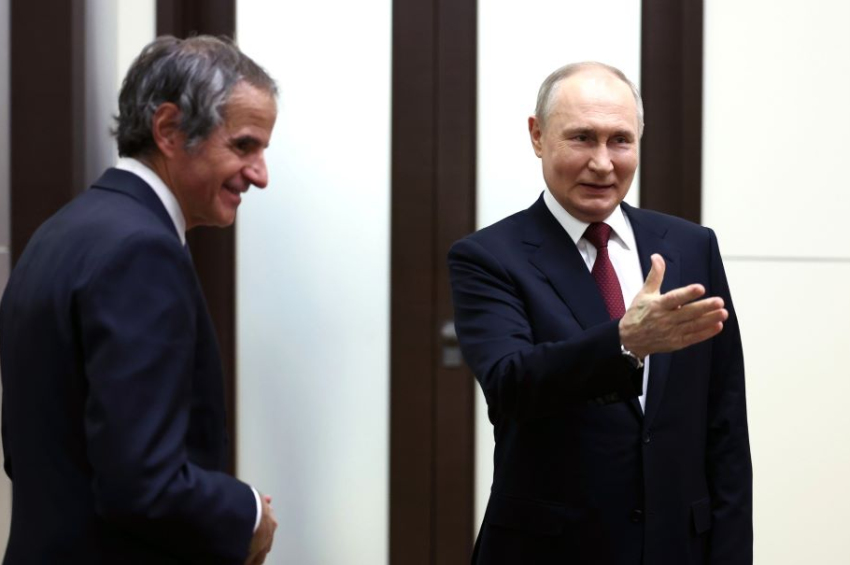An American helped Soviet Russia mine gold for industrialization (part 2)
Read part 1 here.
One of them was John Dickinson "Jack" Littlepage. From 1928 to 1937 he was employed to coordinate the gold mining process in the USSR. There, he became a Deputy Commissar (deputy minister) of the Communist country's Gold Trust directorate. He was one of the few foreign recipients of the Order of the Red Banner of Labor.
In the years preceding the Bolshevik coup in 1917-18, the Russian Empire was the fifth largest economy in the world – and some sources claim it even ranked the third. The Soviet Union leaders were frustrated of their poor economic performance, realizing that the country dragged behind the West by 50-100 years and needed to industrialize “fast and furiously,” as dictator Joseph Stalin used to reflect loudly before his commissioners.
Therefore, he ordered them to complete the full industrialization of the Soviet Union – the largest country in the world that just experienced a brutal civil war – in just a decade.
Unemployment was high and hard currency was scarce, but there was plenty of gold in Russian mines across Siberia and in the Ural Mountains. The problem with the mines is that productivity was very low and engineers were very few.

Church paintings exhibited in a Moscow museum. Credit: Atlasobscura
By the time the Communists/Bolsheviks hired foreign specialists, they had secretly sold more than 6,000 tons (yes, they counted in tons) of rare and exclusive art from the national heritage – paintings, icons and other church items, historical exhibits and other artifacts – earning this way around 20 million in convertible rubles, or “3 rubles per 1 kilo of art,” as commissars liked to joke at that time.







